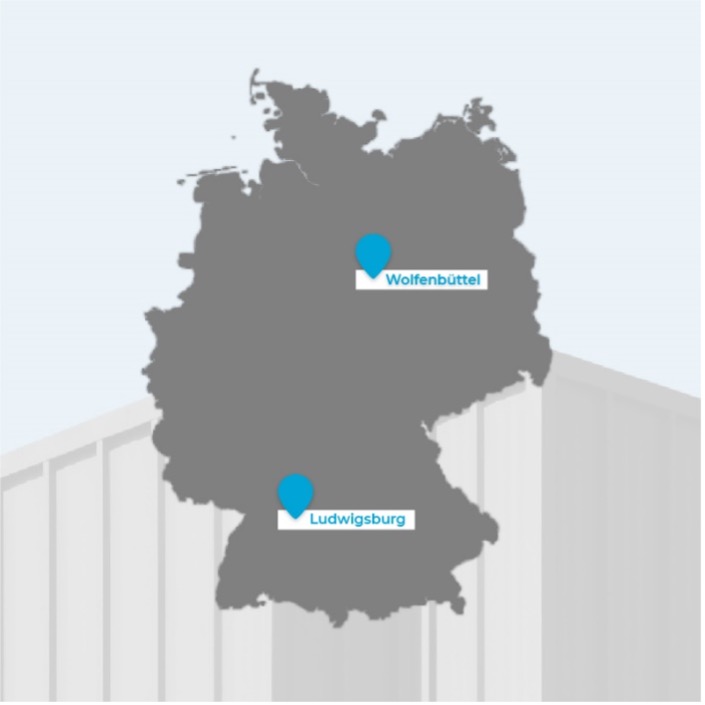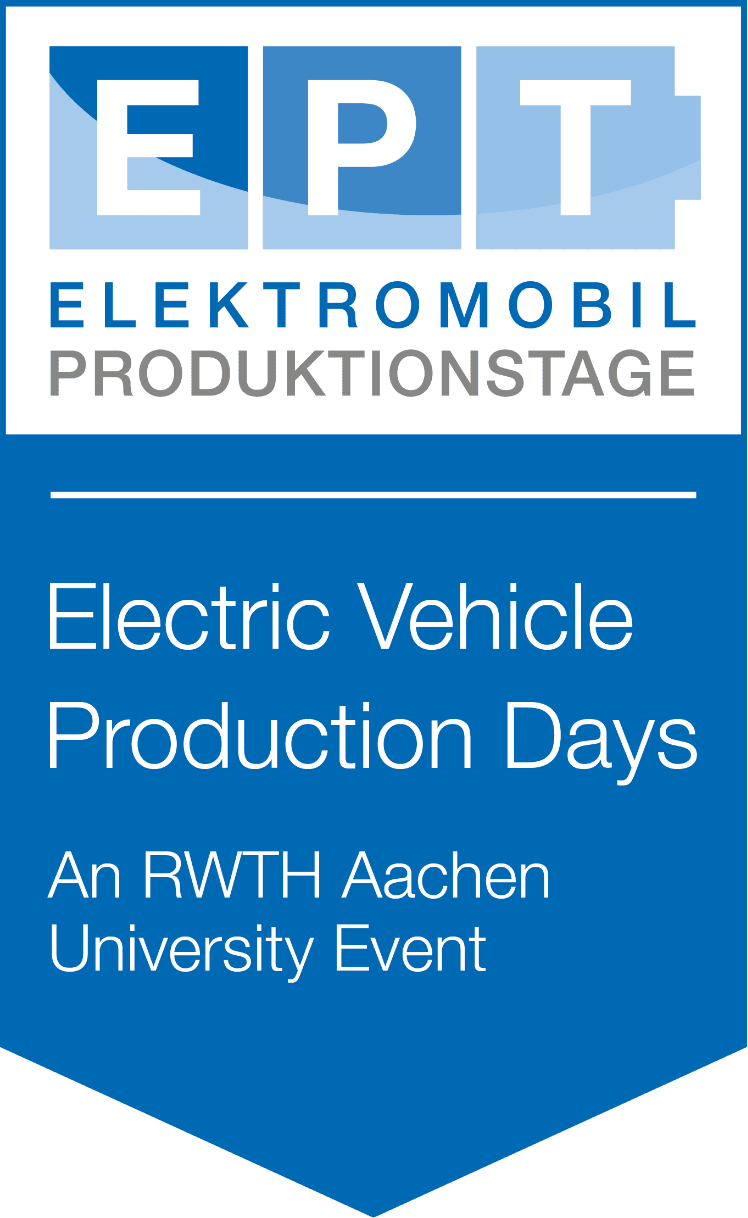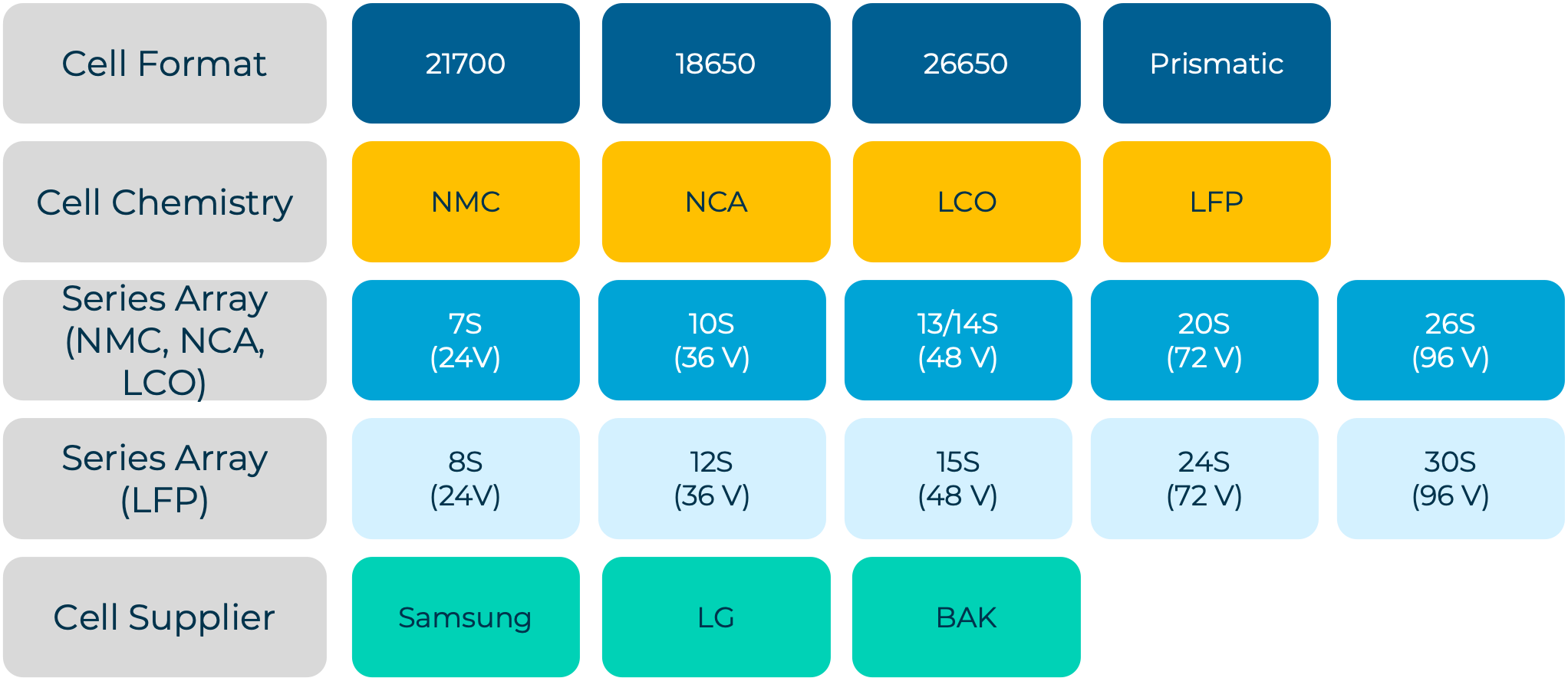In a world where energy demand is on the rise and resources are limited, there is an urgent need for new ways to store renewable energy. Wars and globalization have shown us how interconnected our economies and energy supplies are, and the fear of shortages has prompted many politicians to consider nuclear energy as a quick fix. However, the risks associated with old nuclear power plants have not yet been fully resolved.
Germany has taken a different approach by relying more and more on renewable energy sources. However, the excess energy produced during periods of high output is mostly sold to neighboring countries, and electricity is bought back for a higher price in times of low renewable energy output. This situation is often viewed as a barrier to the adoption of renewable energy in individual communities.
What if every community had its own energy storage system, capable of storing excess energy and powering the grid in times of low renewable energy output? What if these storage units also had additional charging stations for electric vehicles? Introducing Fluxlicon Container – a solution to the problem.

Fluxlicon Container is not just an ordinary energy storage system. It’s a research project, where PEM Motion is part of along with other partners, that aims to give discarded battery systems, coming from electric vehicles, a second life by installing them into a container. Battery systems within vehicles undergo strict safety regulations, which include extensive testing. Once their capacity plummets to a point where they are no longer able to provide the required operating range for the vehicle, they are discarded. However, this does not necessarily mean that the battery systems are unsafe or cannot be used.
Therefore, Fluxlicon aims to integrate traction battery systems from different manufacturers after being dismantled from the vehicle. It employs a modular design that connects the battery systems via a DC CAN bus. The container can be connected to the grid and provide energy for charging stations, where multiple vehicles can be charged via DC fast charging.
This project is already in its implementation phase, for testing purposes, two pilot municipalities were chosen: Ludwigsburg and Wolfenbüttel. Ludwigsburg aims to integrate Fluxlicon Container into its own medium voltage grid, install PV systems, peak shaving, and improve EV charging infrastructure. Meanwhile, Wolfenbüttel will install PV systems and operate a semi-off-grid wastewater treatment plant.

To sum up, Fluxlicon Container offers a promising solution to the problem of renewable energy storage. It can help communities become more independent in terms of their energy supply and reduce their reliance on neighboring countries. It also provides a second life to discarded battery systems, which can have a positive impact on the environment. We look forward to seeing how Fluxlicon Container is utilized by these pilot municipalities, and the impact it will have on their communities.
For more details check out the official Fluxlicon website in German: https://www.fluxlicon.de/



